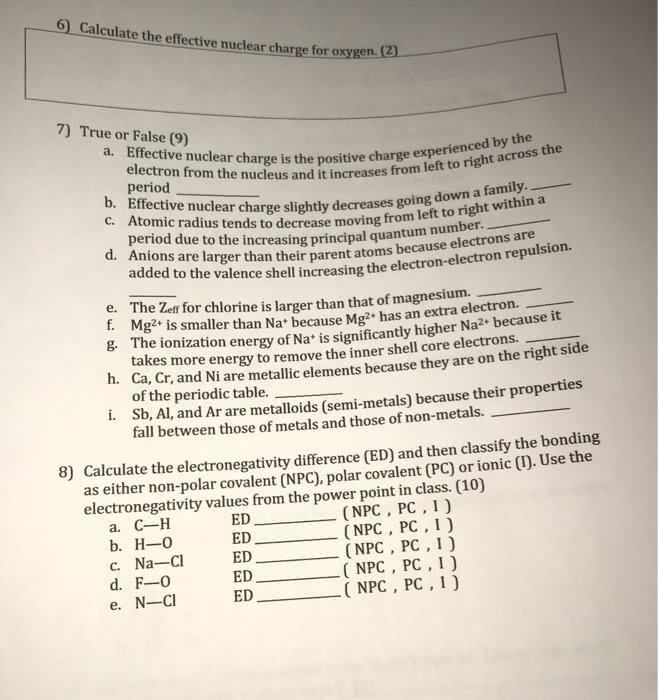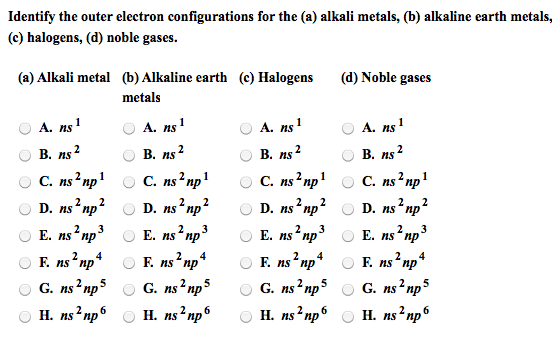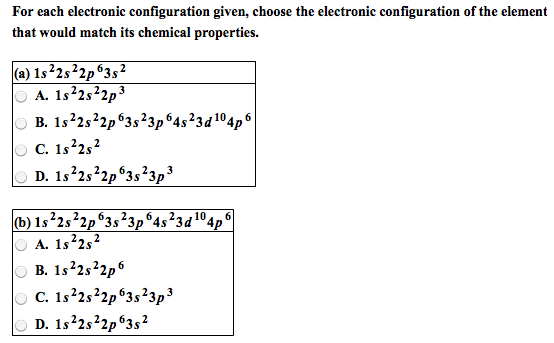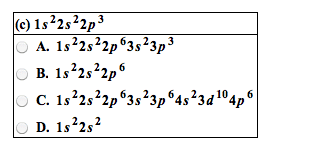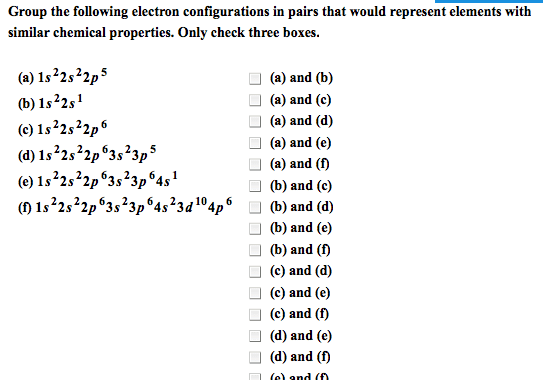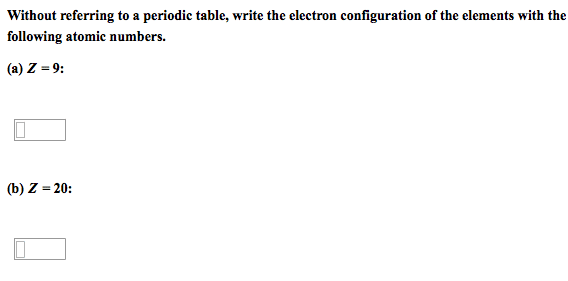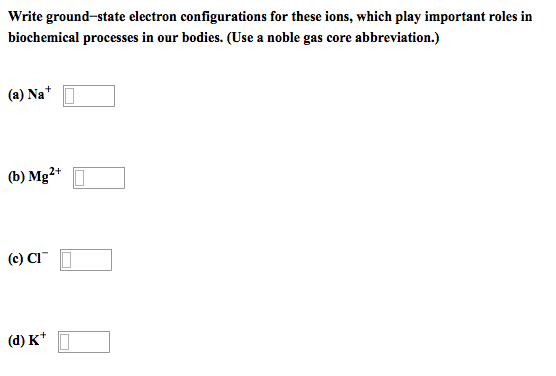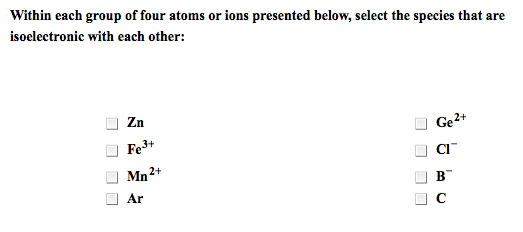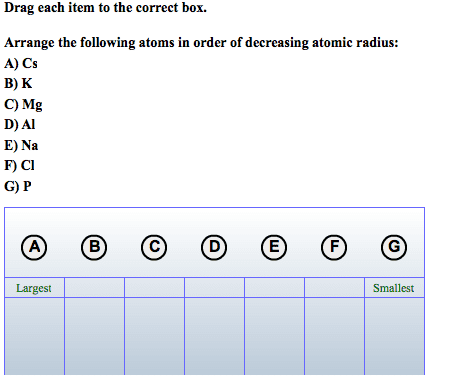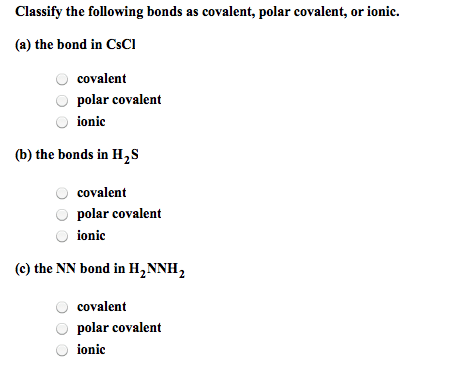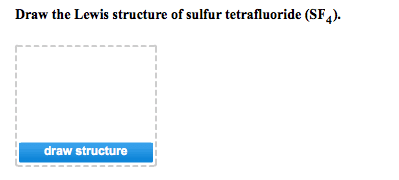CHEM 1000 Chapter Notes - Chapter 9: Ionic Radius, Effective Nuclear Charge, Periodic Trends
Document Summary
Chapter 9 summary: periodi(cid:272) ta(cid:271)le & atomi(cid:272) properties. 9. 1 classifying elements: the periodic law & periodic table. The experimental basis of periodic table of elements is the periodic law: certain properties recur periodically when elements are arranged by increasing atomic number. The theoretical basis is that the properties of an element are related to electron configuration of its atom & elements in same group of periodic table have similar electron configurations. The three classes of elements of periodic table are non-metals, metals & metalloids. Metalloids have properties & characteristics of metals & non-metals. The non-metals are further divided into noble gases. Types of atomic radii include covalent radii, metallic radii & van der waals radii. In general, atomic radii decreases across a period & increases down a group of periodic table, mirroring the variation in effective nuclear charge, zeff, across a period & down a group. The ionic radii of positive ion are smaller than neutral atom.


